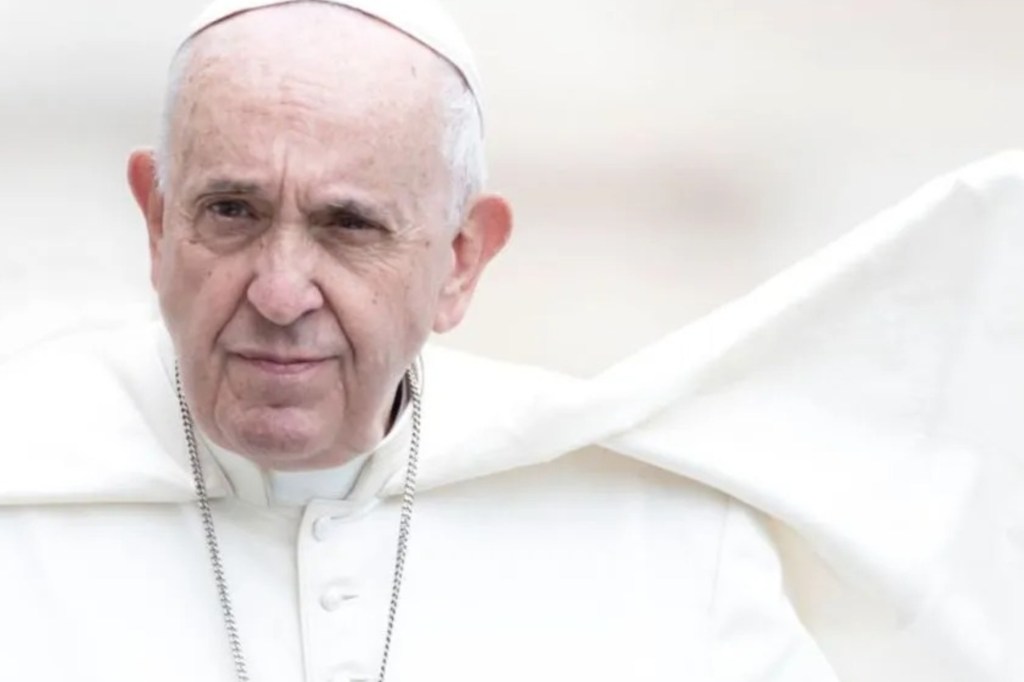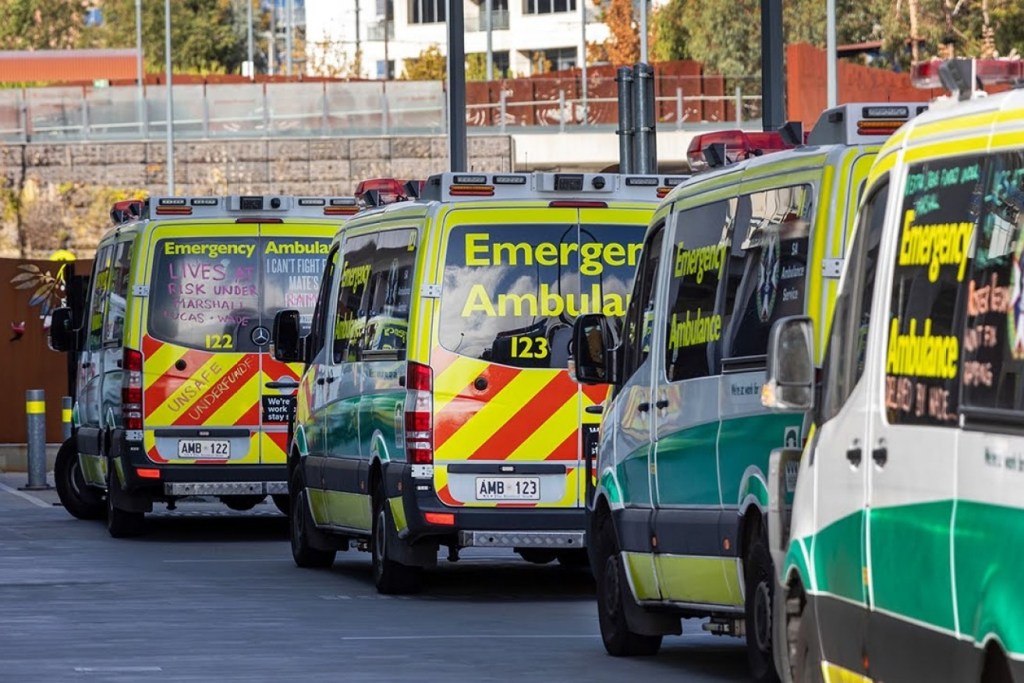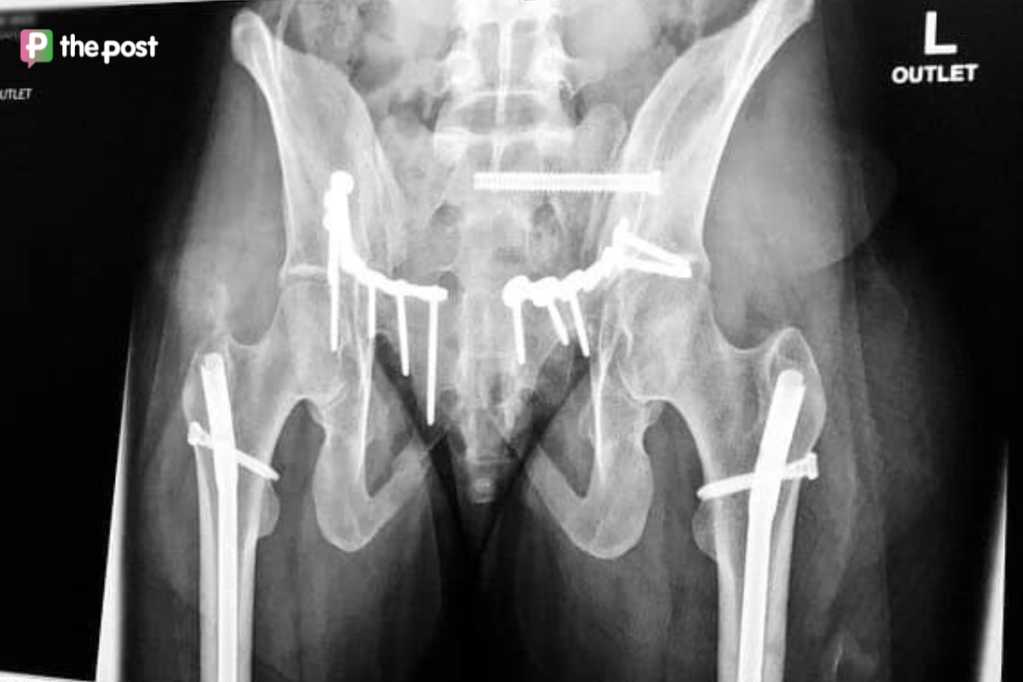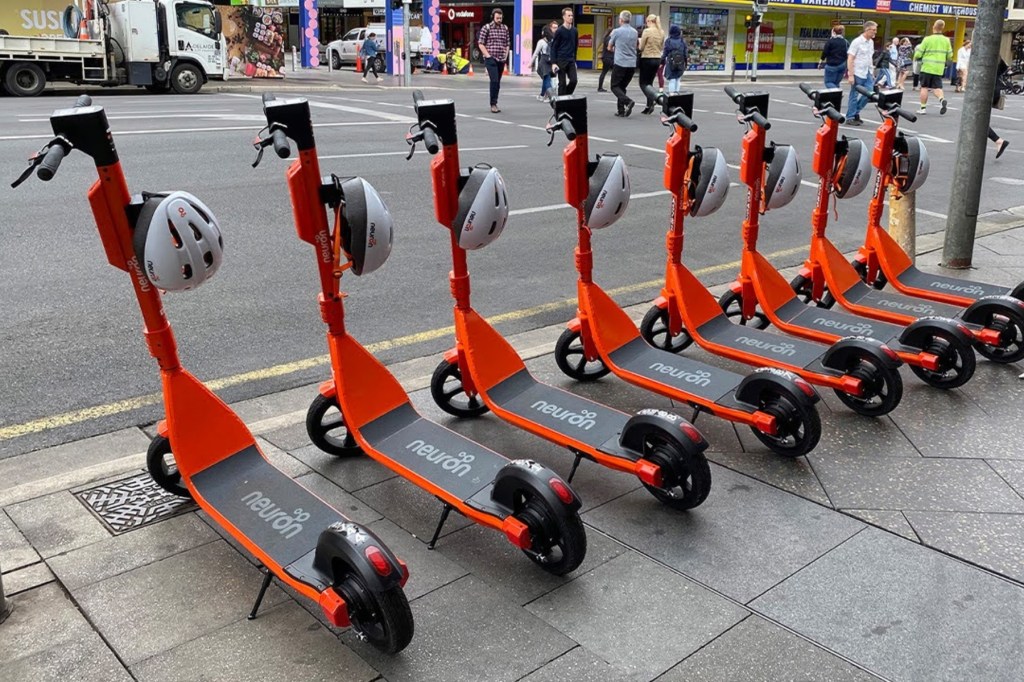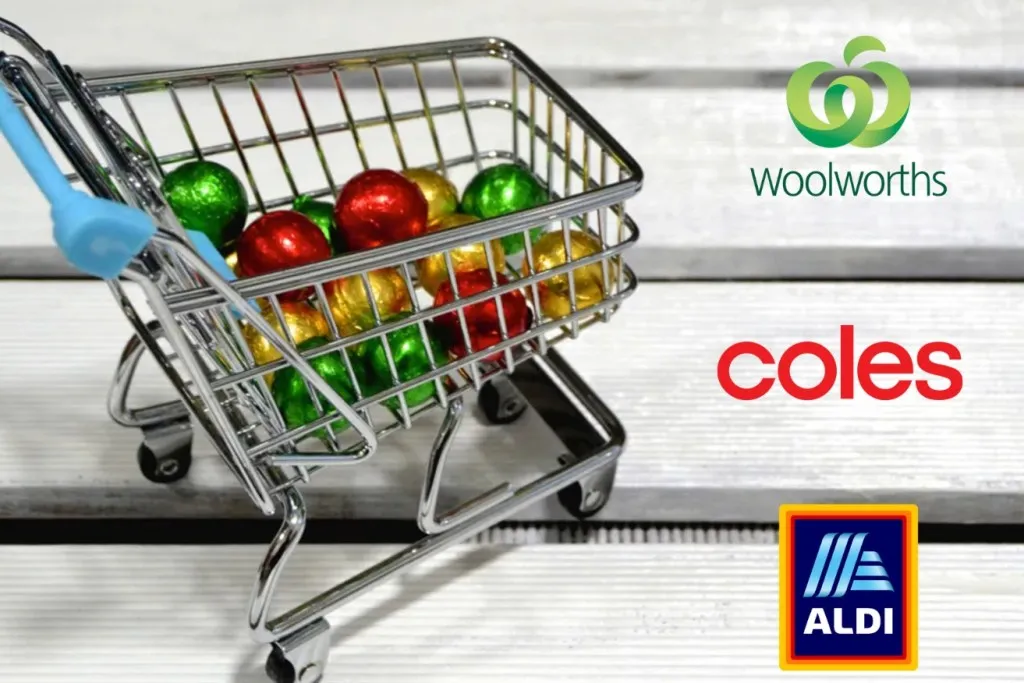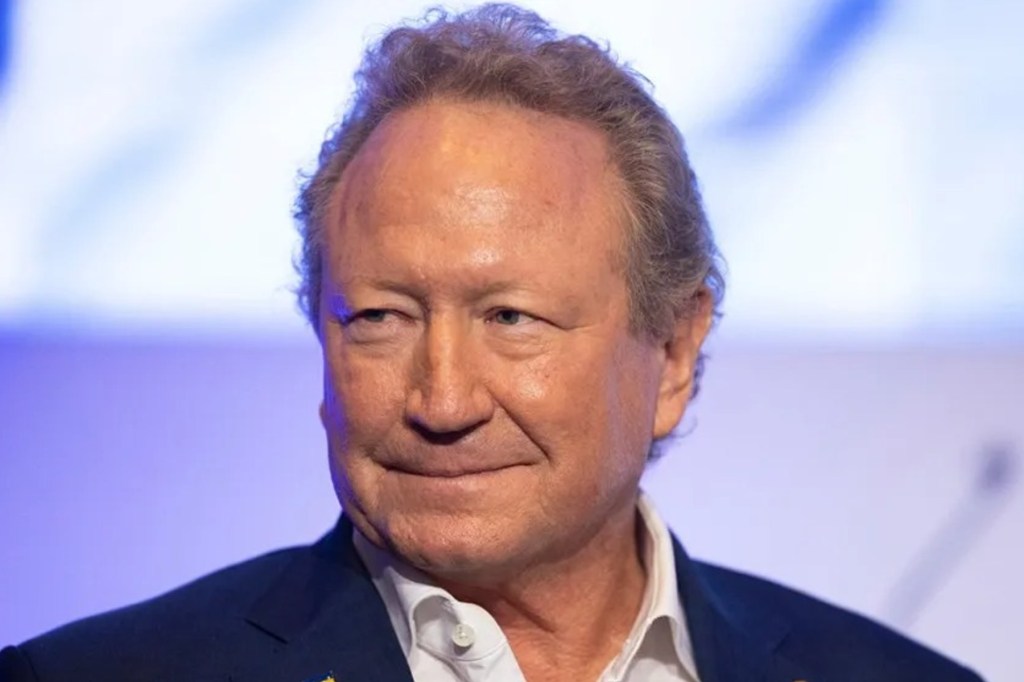Kaurna cultural map launched for Reconciliation Week
The City of Adelaide has launched an interactive website that culturally maps significant Kaurna sites and publishes Kaurna stories in partnership with the Kaurna Yerta Aboriginal Corporation.
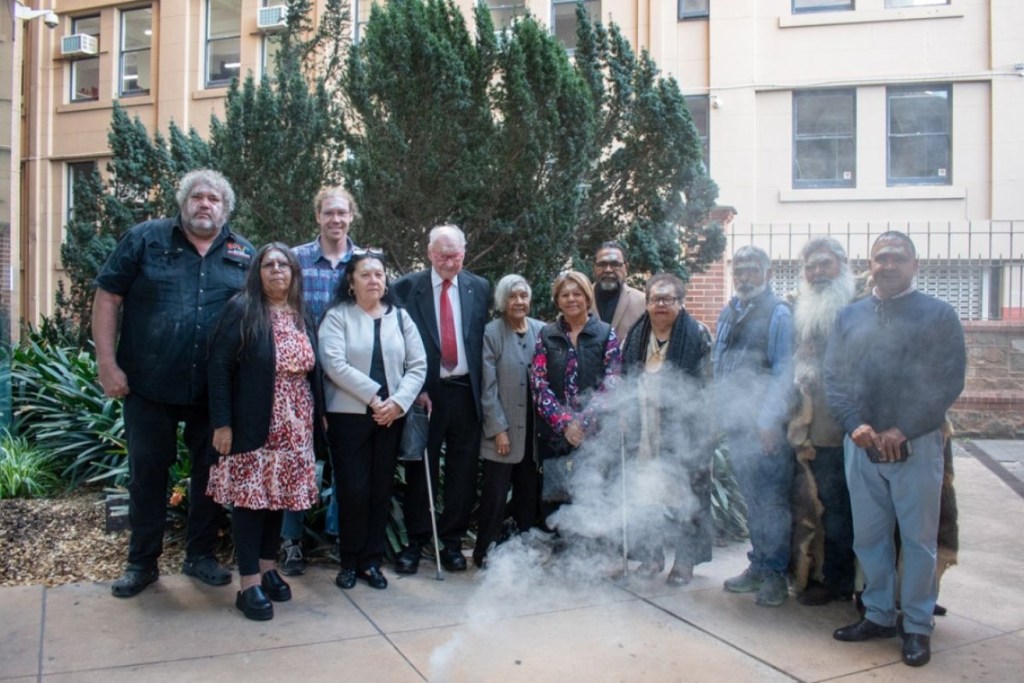
Kaurna Voices is an interactive webpage mapping the city and featuring culturally significant sites with historical text, archival images, oral history and video interviews with Kaurna Elders and community leaders.
The research process incorporates Tiati – truth-telling – to tell authentic Kaurna stories, including the destruction of Dreaming tracks and important cultural sites along Karrawirra Pari/River Torrens.

The Kaurna Voices website has an interactive map of 35 locations to click through and learn about Kaurna history.
Uncle Jeffrey Newchurch, who was interviewed for Kaurna Voices, said the City of Adelaide’s work with the Kaurna community aids the reconciliation process.
“Kaurna cultural sites are not just dots on a map – Kaurna cultural heritage is entwined through the whole of Kaurna country,” he said.
“Cultural mapping is a healing process. Connecting to culture gives young Kaurna people a voice and a purpose.”
You might like
The project has been ongoing for two years and is part of the Adelaide City Council’s Stretch Reconciliation Action Plan (RAP).
The Kaurna Voices project includes historical information from the early 19th century, and more recent stories about governmental control over Aboriginal people, their children and property.

Lord Mayor Jane Lomax-Smith spoke of the importance of truth-telling to reconciliation at the launch of Kaurna Voices. Photo: Helen Karakulak/InDaily.
In a speech at the launch event for Kaurna Voices, Lomax-Smith said the project was the next step in the council’s reconciliation journey.
“Invasion settlement occupation always began in Australia in the big capital cities, so the impact in our city is larger than many rural areas that receive more attention,” she said.
Stay informed, daily
“The City of Adelaide will continue to be at the forefront of the reconciliation journey.
“We believe that the stories being told on our website will change the dialogue, will move people’s understanding of the city and actually make sure that everyone who comes to live in the city in the future understands they’re on Kaurna land; it always has been and it always will be.”
The site includes rare descriptions of traditional Kaurna rites around death shared from an 1839 witness account and stories of the spiritual connection to Country told by Kaurna elders.
There are also details of sites shared by Afghan people and well-known Kaurna descendants and their families in the southwest of the city.

Pinky Flat, east of the current Morphett Street Bridge, was an important traditional camp site with strong associations to the Karrawirra Pari / River Torrens. This picture: via the City of Adelaide
In a Kaurna Voices video, Uncle Jeffrey Newchurch talks about the significance of Tarntanya Wama/Pinky Flat.
“It was our playground, it was our social entertainment hub, a place where we sit down and camp, it was a living area,” he said.
“I don’t like talking about Pinky Flat a lot because you know, it brings back those memories of what we was given and was taken away, I get emotional.”
“I’m fully supportive of the next generation, the younger people, maybe not in my lifetime but they’ll achieve that place of belonging for our people.
“Not only the Kaurna but for Aboriginal people on our country and when that day comes they know I’ll be smiling or I’ll be crying tears of rain.”
Watch the video:
